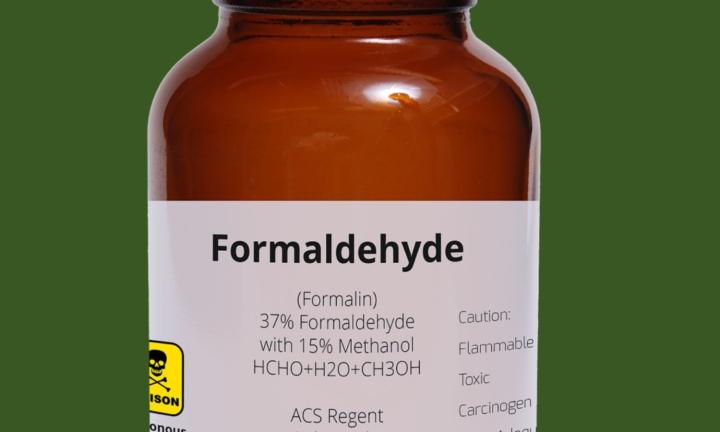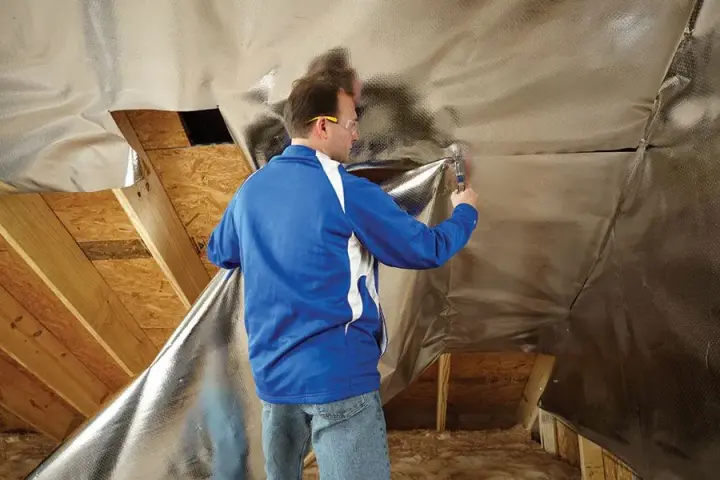Let's talk about something that's probably not on your radar until it becomes a problem: your crawl space. You know, that mysterious area under your house that you probably haven't visited since... well, maybe never? Unfortunately, ignoring your crawl space is like ignoring that check engine light in your car—it's not going to fix itself, and the longer you wait, the worse (and more expensive) it gets.
If you're a homeowner in the Triad area of North Carolina, crawl space moisture is practically a rite of passage. Our humid climate is about as friendly to crawl spaces as a cat is to a bath. But don't worry—we're here to help you understand what's causing all that dampness and, more importantly, how to fix it.
Why Is My Crawl Space Turning Into a Swimming Pool?
Great question! Crawl space moisture doesn't just appear out of thin air (though sometimes it feels that way). There are several culprits working together to turn your crawl space into an unwanted water feature:
1. North Carolina's Famous Humidity
Living in North Carolina means we get to enjoy beautiful seasons, but it also means we deal with humidity levels that would make a rainforest jealous. When warm, humid air enters your crawl space through foundation vents (yes, those vents that were supposed to help), it meets the cooler air below your house. This temperature difference creates condensation faster than a cold drink on a summer day.
The result? Sweating walls, puddles, and enough moisture to make mold feel right at home. Speaking of which, if you've noticed strange smells coming from below, you're not imagining things—that's your crawl space crying out for help.
2. Poor Drainage Around Your Foundation
Here's a fun fact: water is lazy. It always takes the path of least resistance, and if your yard slopes toward your house instead of away from it, guess where all that rainwater is heading? Yep, straight to your foundation and into your crawl space.
Ideally, the ground around your foundation should slope away from your house for at least 6-8 feet. If it doesn't, every rainstorm becomes an open invitation for water to seep into your crawl space. And in North Carolina, where we get our fair share of rain, that's a recipe for disaster.
3. Gutters and Downspouts Playing Dirty
Your gutters and downspouts have one job: direct water away from your house. But if they're clogged with leaves (thanks, autumn), damaged, or dumping water right next to your foundation, they're essentially working against you. Water should be discharged at least 4 feet away from your foundation—preferably into a proper drainage system like French drains.
4. Missing or Damaged Vapor Barriers
A vapor barrier is like a raincoat for your crawl space floor. It's supposed to prevent ground moisture from evaporating into the air. But if your vapor barrier is torn, poorly installed, or completely MIA, moisture from the soil has a free pass to wreak havoc under your home.
5. HVAC Ducts Contributing to the Problem
This one's a bit sneaky. Your HVAC ducts run through your crawl space carrying nice, cool air throughout your home. When warm, humid crawl space air comes in contact with those cool ducts, condensation forms. It's like when your glasses fog up when you walk into an air-conditioned building after being outside. Except this condensation drips into your crawl space, adding even more moisture to an already damp environment.
Why Should You Care About Crawl Space Moisture?
Maybe you're thinking, "It's just water in a place I never go—what's the big deal?" Well, let me paint you a picture of what unchecked moisture can do:
- Mold and Mildew: These fungi love dark, damp spaces. Once they move in, they can affect your indoor air quality and potentially cause health issues.
- Wood Rot: Moisture is wood's worst enemy. Over time, it can cause your floor joists and subfloor to rot, compromising the structural integrity of your home. Fun fact: replacing rotted floor joists is about as expensive as it sounds.
- Pest Paradise: Termites, carpenter ants, and other creepy crawlies are attracted to moisture and rotting wood. It's basically an all-you-can-eat buffet for pests.
- Higher Energy Bills: Moisture makes your crawl space insulation less effective, forcing your HVAC system to work harder. That translates directly to higher energy bills.
- Musty Odors: That basement smell? Yeah, it's coming from your crawl space and seeping into your living areas. Not exactly the home fragrance you were going for.
Solutions: How to Kick Moisture Out of Your Crawl Space
Now for the good news—crawl space moisture problems are fixable! Here are the most effective solutions:
1. Crawl Space Encapsulation
This is the gold standard for crawl space moisture control. Crawl space encapsulation involves sealing off your crawl space from outside air and moisture. Here's what it typically includes:
- Installing a heavy-duty vapor barrier on the floor and walls
- Sealing all foundation vents (yes, really—those vents are actually part of the problem)
- Installing an airtight access door
- Adding a dehumidifier to control humidity levels
Think of it as giving your crawl space a complete makeover. It's not the cheapest option upfront, but it's the most comprehensive and effective long-term solution.
2. Install a Dehumidifier
A crawl space dehumidifier is like having a security guard whose only job is to keep humidity levels in check. These aren't your typical home dehumidifiers—they're specifically designed for crawl spaces and automatically maintain humidity levels between 50-60%, which is the sweet spot for preventing mold and wood rot.
3. Fix Your Drainage
Remember how we talked about water being lazy? Make it work harder by improving your drainage:
- Regrade your yard so it slopes away from your foundation
- Clean your gutters regularly (or install gutter guards)
- Add downspout extensions or French drains to move water far from your foundation
- Consider installing a sump pump if you have standing water issues
4. Insulate Properly
Proper crawl space insulation isn't just about keeping your floors warm—it also helps prevent condensation. When done correctly, it creates a thermal barrier that minimizes temperature differences and reduces moisture problems.
5. Seal HVAC Ducts
If your HVAC ducts are leaking cool air or have condensation forming on them, have them properly sealed and insulated. This prevents both energy loss and moisture contribution to your crawl space.
When to Call in the Professionals
Look, we love a good DIY project as much as the next person. But crawl space moisture problems often require professional assessment and solutions. If you're seeing any of these signs, it's time to call in the experts:
- Standing water or persistent dampness
- Visible mold growth
- Musty odors in your home
- Sagging floors or soft spots
- Higher-than-normal energy bills
- Increased pest activity
At 4 Seasons Insulation, we've seen it all when it comes to crawl space issues in the Triad area. Whether you're in Greensboro, Winston-Salem, or High Point, we understand the unique challenges North Carolina's climate presents.
The Bottom Line
Your crawl space might be out of sight, but it shouldn't be out of mind. Moisture problems down there can affect your entire home's health, comfort, and your wallet. The good news? With the right solutions, you can turn your damp, musty crawl space into a dry, healthy space that actually protects your home instead of threatening it.
Don't wait until you have mushrooms growing down there (yes, we've seen that happen). If you suspect moisture problems in your crawl space, it's worth getting a professional assessment. Your home—and your nose—will thank you.
Ready to solve your crawl space moisture problems once and for all? Contact us for a free inspection and let's get your crawl space back in shape. Because life's too short to worry about what's lurking under your house.




